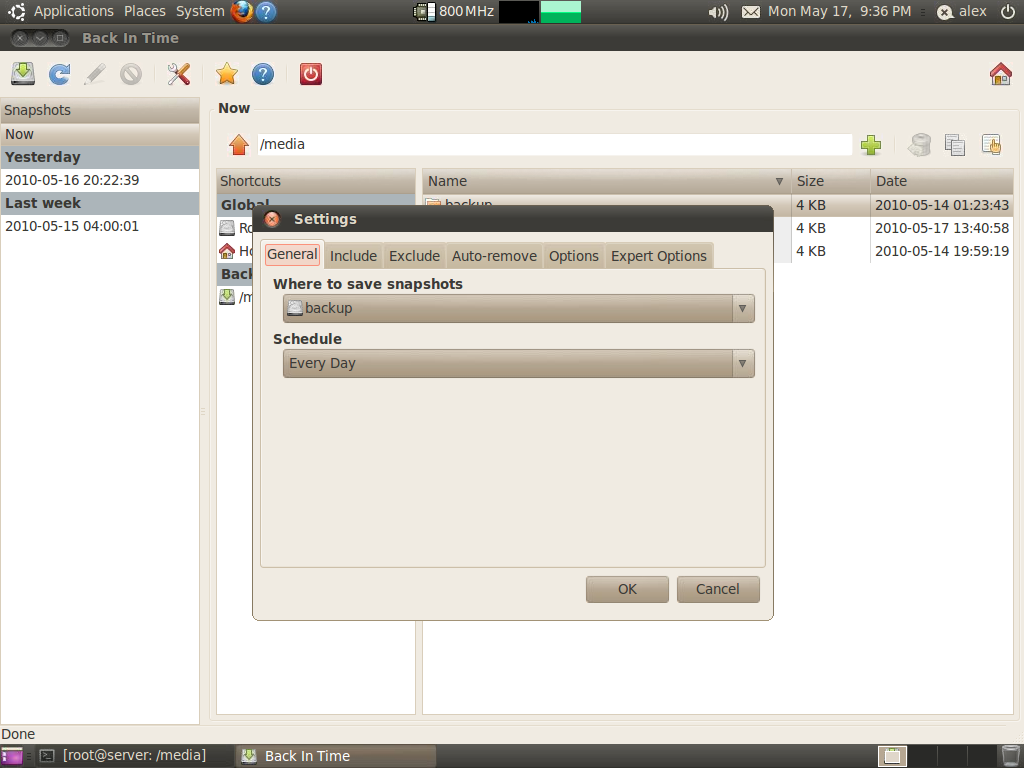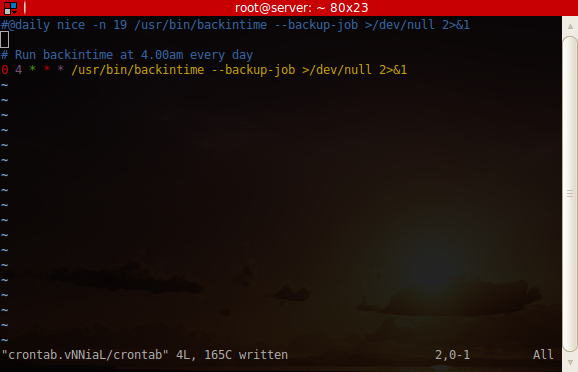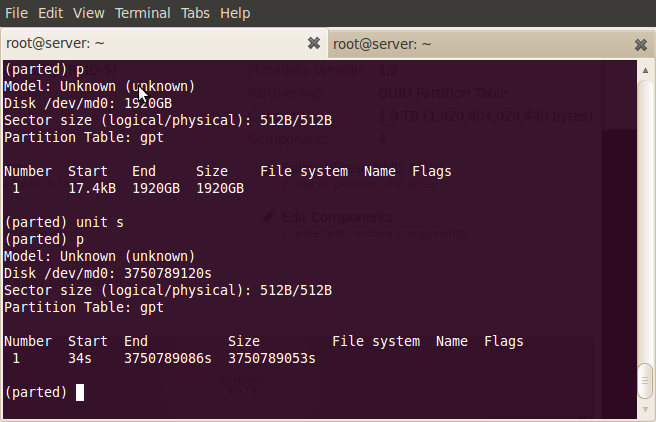If you check the about page and previous posts you’ll note that I’ve been travelling the past few months. In fact I’ve just settled in London and started looking for a job.
There are several shortcomings on my CV that have made it difficult to get past the recruitment agents for a lot of the roles I am interested in. Firstly there’s the lack of big corporate experience – I worked as a technical consultant on a major corporate contract for close to 6 months but the majority of my experience (including almost all of my “BAU” experience) has come from the education sector. Secondly, there’s lack of experience on 100+ Linux server sites (unfortunately no schools are that big in New Zealand, and we don’t have the federated district IT model that many state schools operate in the US). Finally and perhaps most critically is the lack of production experience with Red Hat Linux.
My own personal Linux dabbling experience has come from Ubuntu and Debian Linux. At work it’s been Debian and SUSE. However the number of roles that mention these distributions in the UK is insignificant compared to the number that mention RedHat and CentOS (CentOS is a clone of Red Hat Enterprise Linux, basically Red Hat with all the branding stripped and separately maintained repositories). In New Zealand Red Hat is hardly an endangered species, but roles that mention it are similar in number to those that mention Debian, SUSE and even Ubuntu, so lack of experience with it is not really an issue.
In the UK however, it most certainly is an issue for recruiters searching for “Red Hat” in CV databases. So it is for this reason that I must farewell Ubuntu and switch to the red team – which if I am to take this seriously means adopting Fedora (presently Fedora 13) for my day to day computing.
I made the switch yesterday, and so far no problems. There is less hand-holding for sure, but I like how it doesn’t try to hide what’s happening under the hood. The flexible installer was also nice, if not as attractive as Ubuntu’s. I also like how Fedora ships software as the upstream maintainers intended – this strikes me as a more sustainable long term solution than having to backport distribution-specific patches every release, but at the same time it doesn’t have the “coherent vision” of Ubuntu, and there are some niceties in Lucid that I really appreciated such as the messaging notification area.
As a professional tool for software developers and Linux IT professionals, Fedora is a fine choice. For end-users and Linux enthusiasts who don’t have to use a specific distribution in their work, Ubuntu is generally an easier distribution to get in to. In fact I wouldn’t recommend Fedora for anyone other than Linux geeks because only the two most recent versions are supported. This means a forced upgrade every 12 months minimum. Ubuntu LTS releases on the other hand are supported for 3 years on the desktop and 5 on the server. The previous 8.04 LTS release will still be supported on the desktop until April 2011. Install Lucid today and you will get security updates for it until April 2013.
Why not CentOS 5.5? Too old. Having been accustomed to the current versions of software shipped with Ubuntu it’s a bit hard to go back to Gnome 2.16! (Gnome 2.16 was released in September 2006 and was the version shipped with Ubuntu 6.10, Fedora 13 ships with the current stable 2.30 release).
As desktop distributions, CentOS and RHEL are simply too far behind to be competitive, except in large environments with legacy apps which require absolute stability of APIs. However modern applications are often browser based, so for any environment considering a desktop deployment of Linux that doesn’t depend on legacy desktop software, I’d be suggesting a very hard look at Ubuntu LTS.
Despite the title I won’t be abandoning Ubuntu entirely, in fact I play to keep tabs on each release (maybe even dual boot to test each one) but professional needs have dictated that I upskill in “the Red Hat way”. Let’s hope this has a happy ending!



![Screenshot-Raid5 (1.9 TB RAID-5 Array) [-dev-md0] — Disk Utility](https://blog.al4.co.nz/wp-content/uploads/2010/05/screenshot-raid5-1-9-tb-raid-5-array-dev-md0-e28094-disk-utility.png)
